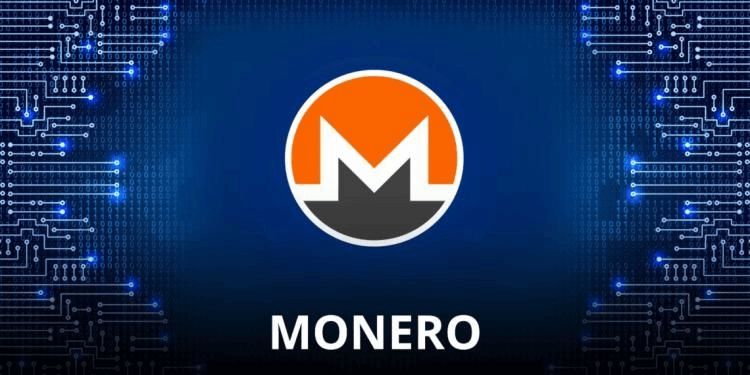Building a staking smart contract involves writing and deploying code on a blockchain platform that enables users to stake their tokens and earn rewards. Here are the general steps to consider when building a staking smart contract:
- Determine the Blockchain Platform: Choose a blockchain platform that supports smart contracts. Ethereum is a popular choice, but other platforms like Binance Smart Chain, Polkadot, or Cardano may also be suitable depending on your requirements.
- Define Contract Functions and Variables: Identify the functionality you want to provide in your staking contract. This typically includes functions to allow users to stake their tokens, withdraw their staked tokens, calculate and distribute rewards, and handle any administrative functions. You’ll also need to define variables to store stake balances, rewards, and other relevant data.
- Write the Smart Contract Code: Write the code for your staking smart contract using a programming language supported by the blockchain platform. Solidity is the primary language for Ethereum smart contracts. Define the contract structure, constructor, functions, event notifications, and data structures necessary for staking operations.
- Implement Staking Logic: Design the staking logic to handle token transfers, stake registration, and withdrawal requests. Users should be able to stake their tokens by sending them to the contract address, and their stakes should be accounted for in the contract’s internal balances. Consider implementing lock-up periods or other rules as per your staking requirements.
- Reward Distribution: Design the mechanism for calculating and distributing rewards to stakers. Rewards can be distributed proportionally based on staked amounts or according to specific rules defined in the contract. Consider factors such as time, stake duration, or other parameters that influence reward calculations.
- Test and Deploy the Contract: Thoroughly test your smart contract code to identify and fix any bugs or vulnerabilities. Use a test network or a local development environment to ensure the contract functions as expected. Once you are confident in its functionality, deploy the contract to the desired blockchain network, creating a contract address that users can interact with.
- User Interface (UI): Consider developing a user interface (UI) to provide a user-friendly way for stakeholders to interact with the smart contract. This UI can be a web application, a mobile app, or a decentralized application (dApp) that connects to the smart contract’s functions and displays relevant information.
- Security and Auditing: Smart contract security is crucial. Consider conducting security audits or engaging external auditors to review the code for potential vulnerabilities and best practices. This helps identify and address any potential security risks before making the contract available for public use.
- Documentation and Deployment: Create clear and comprehensive documentation for your smart contract, explaining its functionality, usage, and any additional details stakeholders need to know. Finally, deploy your staking smart contract to the live blockchain network, making it accessible for users to stake their tokens and earn rewards.
It’s worth noting that building and deploying smart contracts require technical expertise and knowledge of blockchain development. If you’re new to smart contract development, consider seeking assistance from blockchain developers or engaging with blockchain communities for guidance and support throughout the process.
Centralized vs Decentralized staking
Centralized and decentralized staking represent two different approaches to staking cryptocurrencies. Let’s explore the characteristics of each:
Centralized Staking:
- Centralized Authority: In centralized staking, a trusted third party, typically an exchange or a staking service provider, manages the staking process on behalf of token holders.
- Convenience and Simplicity: Centralized staking platforms often offer a user-friendly experience, making it easy for token holders to delegate their stakes without requiring technical knowledge.
- Custodial Control: When staking centrally, token holders usually need to transfer their tokens to the platform, effectively giving up direct control of their assets to the staking service provider.
- Reward Distribution: The platform manages the reward distribution process and may charge fees for their services. They typically handle the technical aspects of staking, including maintaining nodes and validating transactions.
- Counterparty Risk: Token holders face counterparty risk when staking centrally, as they rely on the platform to act in their best interest and securely manage their assets.
Decentralized Staking:
- Peer-to-Peer Network: Decentralized staking allows token holders to participate in the staking process directly on a blockchain network without intermediaries.
- Control and Security: Token holders maintain control over their private keys and have direct ownership of their staked tokens. This approach aligns with the core principles of blockchain technology, promoting trustlessness and security.
- Governance and Consensus: In many decentralized staking systems, token holders participate in governance by voting on network upgrades, protocol changes, or validating transactions, depending on the consensus mechanism.
- Incentives and Rewards: Stakers in decentralized networks often earn rewards in the form of newly minted tokens or transaction fees for their participation in securing the network and maintaining consensus.
- Technical Knowledge: Participating in decentralized staking may require a higher level of technical expertise, as it involves setting up and maintaining a staking node, following network-specific requirements, and ensuring connectivity and security.
The choice between centralized and decentralized staking depends on individual preferences and priorities. Centralized staking may offer convenience and simplicity, especially for users who are less technically inclined. On the other hand, decentralized staking aligns with the principles of blockchain technology, offering greater control, security, and the ability to participate directly in the network’s governance.
It’s essential to conduct thorough research and understand the benefits, risks, and trade-offs associated with each approach before deciding on the most suitable option for staking cryptocurrencies.

